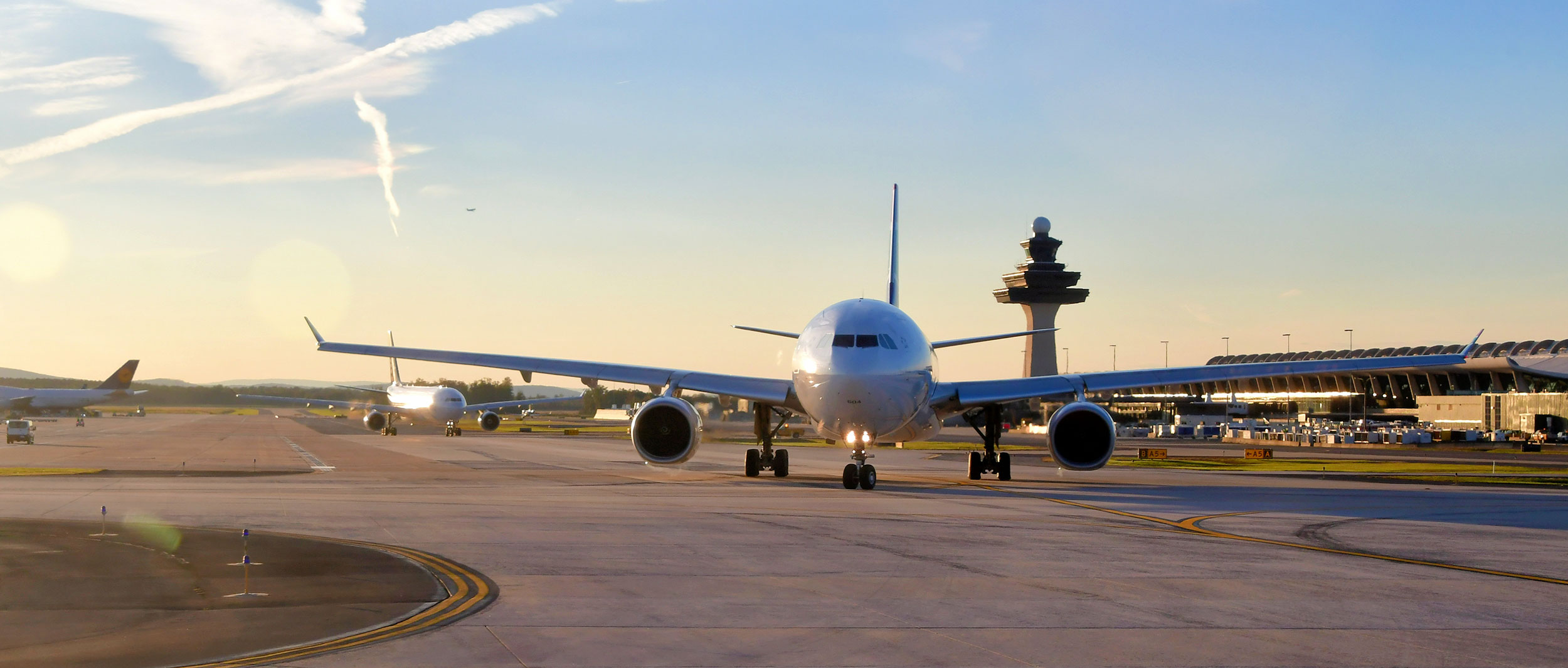Airports
Across Europe, airports are stepping up efforts to cut back on auxiliary power unit (APU) usage. APUs burn fuel when an aircraft is parked, leading to unnecessary emissions, higher costs, and excess noise. As sustainability takes center stage in aviation, reducing APU usage is becoming a priority for airports looking to reduce their environmental impact while improving operational efficiency.
Shifting to Smarter Ground Operations
Some of Europe’s busiest airports have already taken action. Brussels Airport is adopting smarter ground operations to minimize noise pollution, in line with EU-wide sustainability initiatives. Schiphol Airport is expanding its preconditioned air (PCA) systems, allowing aircraft to use cleaner energy sources instead of relying on their APUs. Munich Airport has also made emissions reduction a central part of its environmental strategy, looking for ways to cut fuel use across its operations.
At the same time, regulatory pressure is growing. The EU’s ‘Balanced Approach’ policy encourages airports to push for quieter aircraft and stricter noise limits. Starting in 2025, airlines will begin to report non-CO₂ emissions, including other pollutants from APU emissions. While they won’t need to offset these until 2028, the reporting encourages reducing fuel burn on the ground.
[Insert Image of Aircraft using PCA or Aircraft with APU emissions in the background]
Why It Matters
APUs serve an important function, but excessive use adds up in costs and environmental impact. Running an APU longer than necessary leads to excess fuel consumption, higher emissions of nitrogen oxides (NOₓ) and carbon monoxide, and increased noise pollution- an especially pressing concern for airports near residential areas, where communities are advocating for stricter noise regulations.
With sustainability becoming a business necessity, airports and airlines are looking for smarter ways to manage operations without sacrificing efficiency. That’s where technology comes in.
The Role of AI and Real-Time Monitoring
Tracking APU usage manually across an entire airport is nearly impossible, but AI-powered monitoring tools are making it much easier. Real-time visibility helps airport operators enforce policies, identify unnecessary APU use, and ensure compliance with environmental goals.
Synaptic Aviation is collaborating with airports and airlines globally to provide AI-driven insights that improve efficiency and sustainability. By using computer vision and real-time data, operators can make faster, more informed decisions—reducing fuel waste, cutting costs, and minimizing emissions.
The move toward more sustainable ground operations isn’t just about meeting regulations. It’s about building a cleaner, quieter, and more efficient future for aviation—one where technology plays a key role in driving meaningful change.

